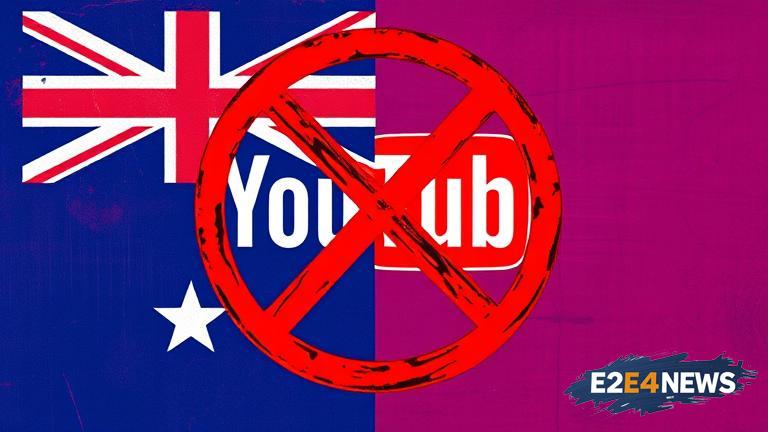In a move aimed at protecting the online safety and data privacy of its youngest citizens, Australia has announced a ban on YouTube for children under the age of 16. This decision comes after mounting concerns over the platform’s ability to safeguard minors from inappropriate content and its handling of user data. The ban is part of a broader effort by the Australian government to regulate online platforms and ensure they adhere to strict standards regarding content suitability and user privacy. According to the new regulations, YouTube will be required to verify the age of its users, effectively restricting access to the platform for those under 16. This move is seen as a significant step forward in the global debate over how to balance the benefits of online platforms with the need to protect vulnerable users. The Australian government has been at the forefront of this debate, pushing for greater accountability from tech giants. The decision to ban YouTube for minors under 16 reflects a growing consensus that more needs to be done to protect children online. Critics of the ban argue that it may not be effective in practice, citing the difficulty in verifying ages online and the potential for minors to find ways around the restrictions. However, proponents of the ban see it as a necessary measure to prevent exposure to harmful content and to protect children’s data from being exploited. The ban also highlights the challenges faced by online platforms in balancing free speech with the need to protect users, particularly children. As the digital landscape continues to evolve, governments around the world are grappling with how to regulate online content without stifling innovation or freedom of expression. Australia’s move is likely to be watched closely by other countries considering similar measures. The implications of this ban are far-reaching, not only for YouTube but for the broader tech industry. It sets a precedent for how governments can intervene in the online space to protect their citizens, especially the most vulnerable. The ban is also expected to prompt a review of YouTube’s content moderation policies and its approach to age verification. In response to the ban, YouTube may need to implement more robust age verification processes, which could include partnering with third-party providers or using AI-driven solutions. The effectiveness of these measures will be crucial in determining the success of the ban. Furthermore, the ban raises questions about the responsibility of parents and guardians in monitoring their children’s online activities. While the ban is a significant step, it is part of a larger conversation about online safety and the role of governments, tech companies, and individuals in protecting minors. The Australian government has emphasized that the ban is not a sole solution but part of a comprehensive approach to online safety. This includes educating children about online risks, promoting digital literacy, and encouraging responsible online behaviors. As the world becomes increasingly digital, the need for such measures is likely to grow. The ban on YouTube for children under 16 in Australia serves as a reminder of the ongoing challenges in regulating the online space and the importance of finding solutions that balance protection with freedom. In conclusion, Australia’s decision to ban YouTube for minors under 16 marks a significant development in the global effort to regulate online content and protect children. It underscores the complexities of governing the digital world and the need for continuous dialogue between governments, tech companies, and the public. The outcomes of this ban will be closely watched, and its implications are likely to resonate beyond Australia’s borders, contributing to the evolving discourse on online safety and regulation.
